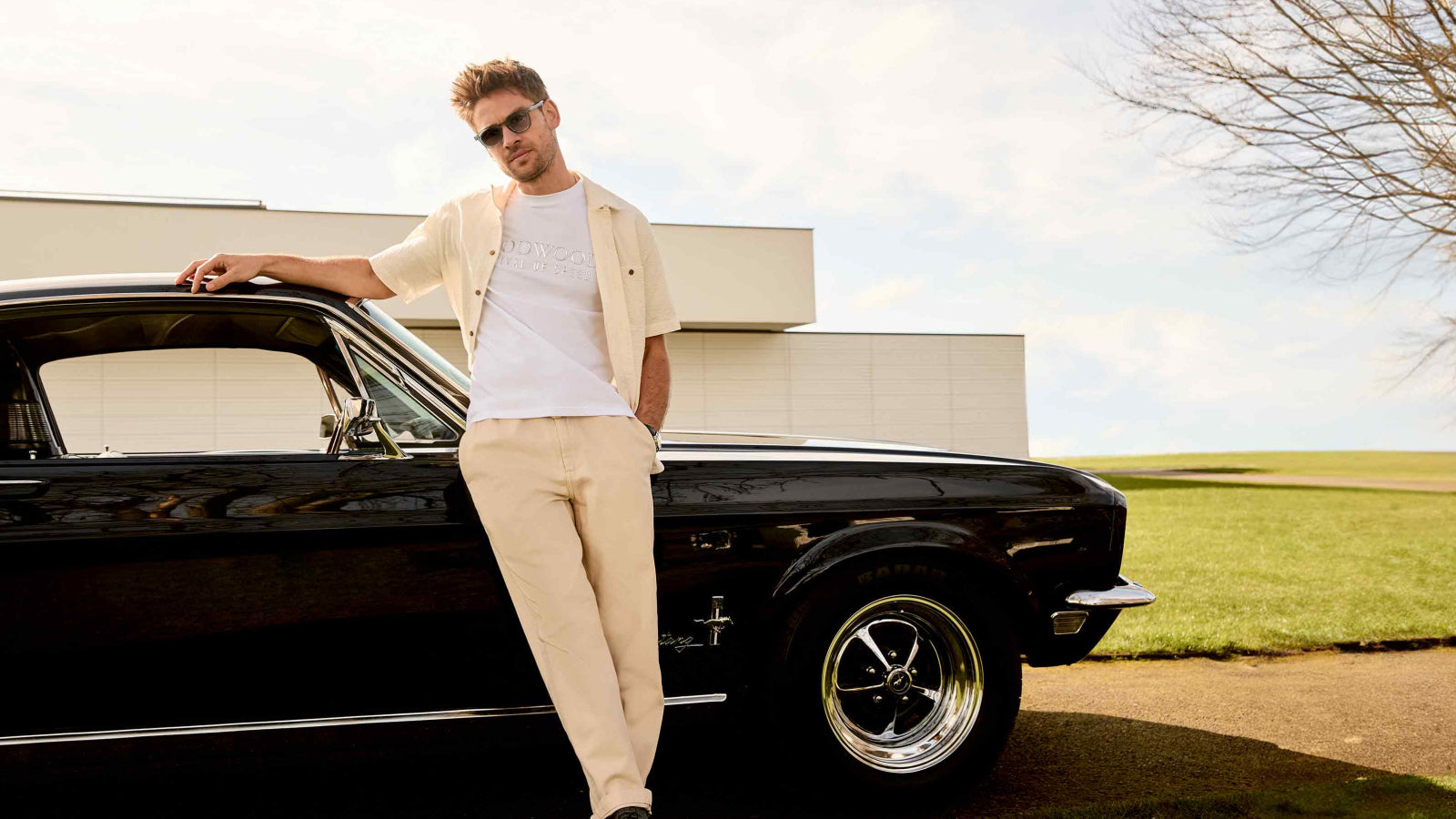Did Fangio let Moss win the 1955 British GP? Thank Frankel it’s Friday
 Andrew Frankel
Andrew Frankel
Next Thursday will mark the 55th anniversary of Stirling Moss winning the 1955 British Grand Prix, an event significant for at least three reasons.

First despite all he’d already achieved behind the wheel – including his now legendary Mille Miglia win that year – this was his first victory in a World Championship Grand Prix. Somewhat staggeringly, it also made him the first Briton to win the British Grand Prix, including those held post-war but before the inauguration of said World Championship in 1950 and even the couple held at Brooklands in the 1920s.
Thirdly and finally, it was the first of five British Grands Prix to be held at Aintree on a track within the perimeter of the horse racing ground, and which largely survives to this day. The significance of this I shall return to shortly. But for now let’s spool back to 1955.

Many will know the intrigue that surrounds that race was whether Juan Manuel Fangio let Moss win. Stirling always maintained in both public and private that he genuinely didn’t know, because when asked the question, Fangio always denied it. But then again, Fangio was a gentlemen down to his race boots, so there’s no great surprise in that.
Which is also why it has been argued that Fangio did indeed gift Moss that victory. He already had two World Championships in the bag with Stirling very much the number two driver in the team. They were already great friends, despite being unable to speak each other’s languages, and Fangio would not have doubted for moment that Stirling would be his wingman for the rest of the year and duly help deliver championship number three. What better way to repay such loyalty than to just ease off a touch and let the lad win in front of his adoring home crowd? It is worth noting that at the flag they were separated by 0.2 seconds, not much after over three hours of racing.
So let’s look at it the other way. First it was Moss who secured pole position, not Fangio. Second they were not the only two Mercedes drivers there that day. Indeed no fewer than four W196s were entered, short wheelbase cars for Fangio and Moss, standard cars for Karl Kling and Piero Taruffi, both fine drivers but, with every will in the world, neither in the same postcode as messrs Fangio and Moss. Which meant the two second stringers could act as buffer zone to hold the rest of the field at bay (comprising factory Ferraris, Maseratis and Vanwalls) while the superstars did battle up front.

So there was no reason why the young gun and the old master could not do battle up front, which they duly did. As the field swept away, it was Fangio who took the lead and by the end of the first lap, the quartet of Mercedes already dropping the rest. But on lap three Moss squeezed past Fangio to take the lead, and far from just falling in dutifully behind his team mate so they could both ease off and manage the race, Fangio pushed Moss hard enough that soon they were in a race of their own with Moss, as his friend Denis Jenkinson put it in his MotorSport report, ‘having to drive impeccably’.
But by lap 17 Fangio was past again and normal service appeared to have been resumed. Moss tried hard to regain the lead but Fangio was having none of it. It would be nine laps before the young Brit was back out in front. It was only at half distance that the signal came from the pits for both drivers to slow, presumably because so many other cars were wilting on an unusually hot day, and from there Stirling was never headed.
If there is convincing evidence that Fangio let Moss win, I’ve not seen it. That said I suspect the victory was arranged to an extent not by his team-mate but by their employer. Certainly Jenkinson always believed Mercedes had decided before the start that this would be Moss’s day.

Does that in any way diminish the achievement? Not to me. Even if his win was arranged, that is not to say it was not deserved and what evidence there is – his pole position in qualifying and fastest lap in the race – points to Moss being the faster driver on that particular day.
Why all this now? Because on Thursday a Maserati 250F bearing Stirling’s number 7 will be demonstrated at Aintree to a few members of the press, a W196 presumably not being too easy to come by. The significance is that after decades of ignoring its motor sport heritage, the Aintree management is once more interested in wheels as well as hooves and there will be more events in future. After far too long, Aintree is starting to come back in from the cold.
Images courtesy of Motorsport Images.
British Grand Prix
Aintree
Stirling Moss
Juan Manuel Fangio
Mercedes
W196
Formula 1
F1 1955
1955
Thank Frankel it's Friday





